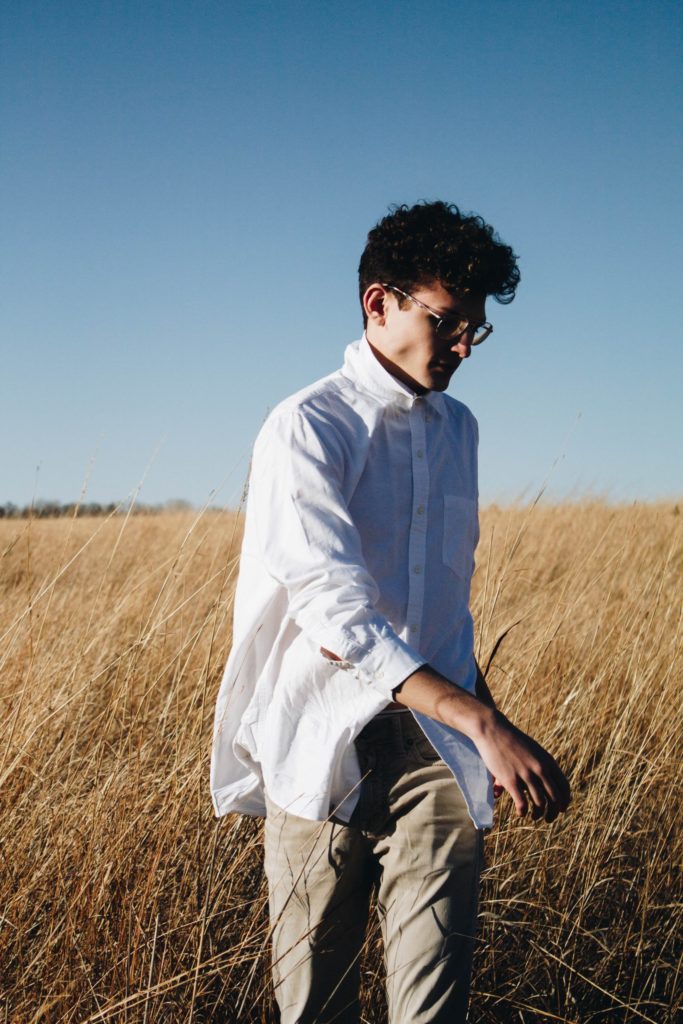Light is in photography, it is capable of radically transforming an image, of transforming its meaning, its sensations and its message, something that seems as simple as changing the orientation of the light, its intensity or temperature, can be fundamental to reflect on a picture and get a good result.
In this case, we will try to make the most of one of the most controversial lights of all: hard light.
- The hardness or softness of light is part of what we call the quality of light.
- Hard light is characterized by the creation of very strong and dark shadows and a lot of contrast between white and black (the transition from white to black is very fast).
Applied in portraits, intense light creates very strong shadows in certain areas of the face and improves the volume and textures of the face (depending on the orientation of the light).
Hard light depends on several aspects, such as intensity, source size, or light directionality.
The size of the light source: Hard light is obtained with small light sources, the smaller the light source, the harder it will be, consider, for example, the lighting provided by a flashlight in a dark room and that of a larger lamp. .
Distance: The proximity or distance of the light source also influences its hardness. Imagine the lighting of a lamp and what happens if you approach it to a wall. The closer you are to the wall, the less light diffuses and the harder it lasts. turns, while if you move the lamp away from the wall, the light fades and softens.
Direction: The orientation or direction of the light also depends on the texture, sensation of volume and intensity of the tones.
A hard light is very easy to get. A simple blindless lamp, flashlight, flashlight or just the sun when it’s high in the sky are all sources of intense light. Remember that the smaller the light source and the closer it is to your model, the harder it will be. Be.
It’s not just the light itself that’s important. Equal or more important is to know how and where to measure it, especially in scenes with such light contrasts. Poor measurement in scenes with such a difference between light and shadow will cause the image to lose its drama.
Matrix or evaluative: It’s always said to work well in 98% of cases, okay, that 2% isn’t going to work for you?Matrix measurement works by evaluating all the tones of the scene and giving you an average exposure that tries to be correct for all the lights, in this case, where the light is so strong and contrasted and there is so much difference between lights and shadows, we are not interested in a “correct” measurement for the whole image, mainly because the cameras are not prepared to work with such a high dynamic range (difference between shadows and lights).
Spot: Measure the light to the exact point you indicate regardless of the tonal information surrounding that point, this is the most accurate of all, although it doesn’t mean it works well in all situations, it’s very useful for scenes with a marked difference in light between our focus and the rest of the scene.
Weighted central or partial evaluative: Takes information from the center area of the image as the most important in the scene.
For such scenes, what do you think would be the most appropriate measurement mode?If you thought about the one-time mode, were you right?To work with intense light in portraits, we recommend using point measurement due to the high contrast between high lights and shadows.
And you’ll wonder, if I spend the day running away, modifying it through diffusers, looking for the first and last hours of light, looking for shadows in broad daylight, why would I want to work with him now?Well, hard light is a great tool to play with drama in your portraits.
The symbolism of this type of light, the leap from light to darkness, the leap between good and evil, between light and darkness, mystery and the high contrast that enclose these images are able to provoke a multitude of sensations in the viewer. Beyond the beauty of a soft light, does hard light have a power, a drama you can’t miss as a photographer?
Black and white is a good ally for high contrast photos in general. Because of its high symbolic content, by the elimination of color, in short, because it seems to tolerate much better contrasts than color, they would not or might not be equally attractive.
You’re not going to tell me you won’t dare in a hard light, are you?With a very simple preparation such as a simple light bulb, a patient model, a good background and a good dose of light, you will get worthy portraits What is the best photography studio in your city?Just so you know, to practice, that this is the key to any learning. And, if this article has helped you, share it. Thank you and see you next time.

